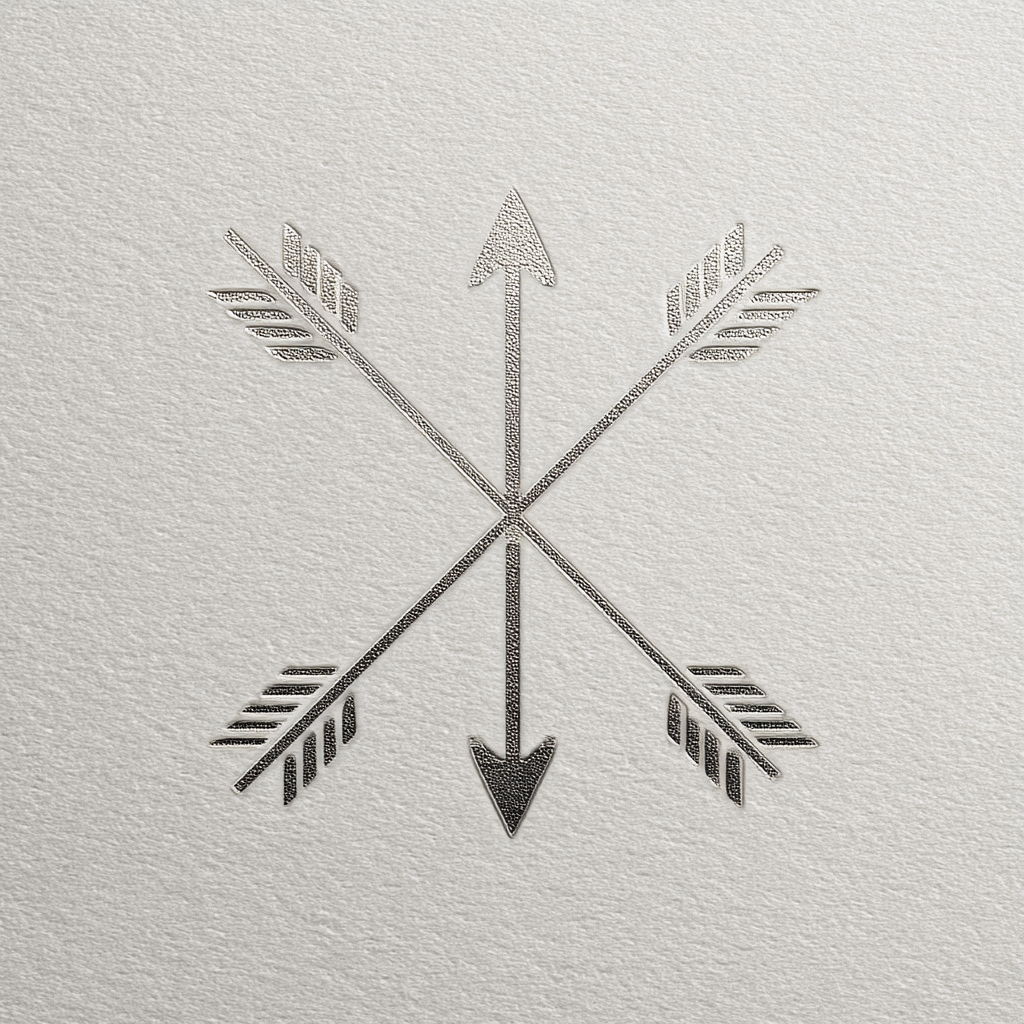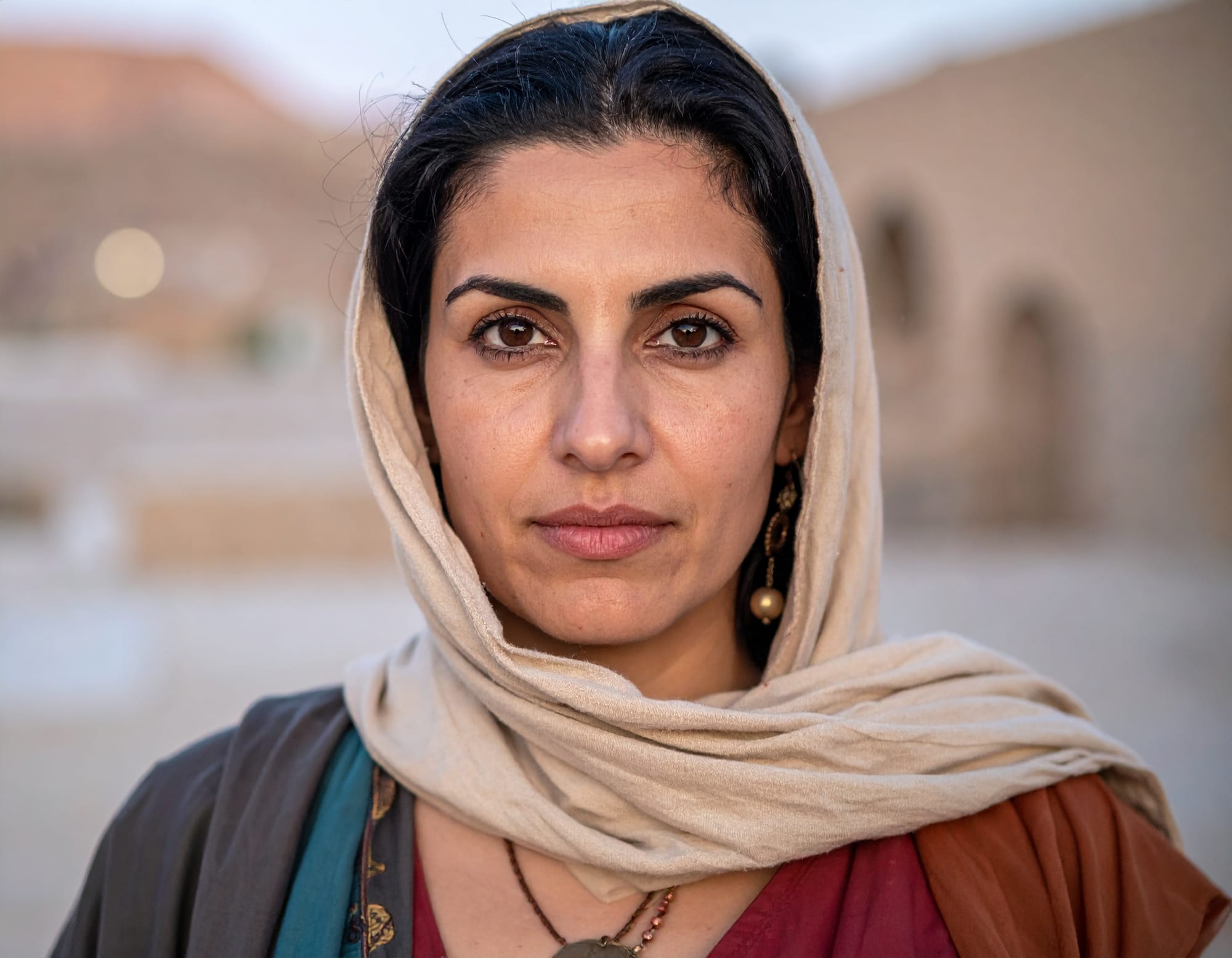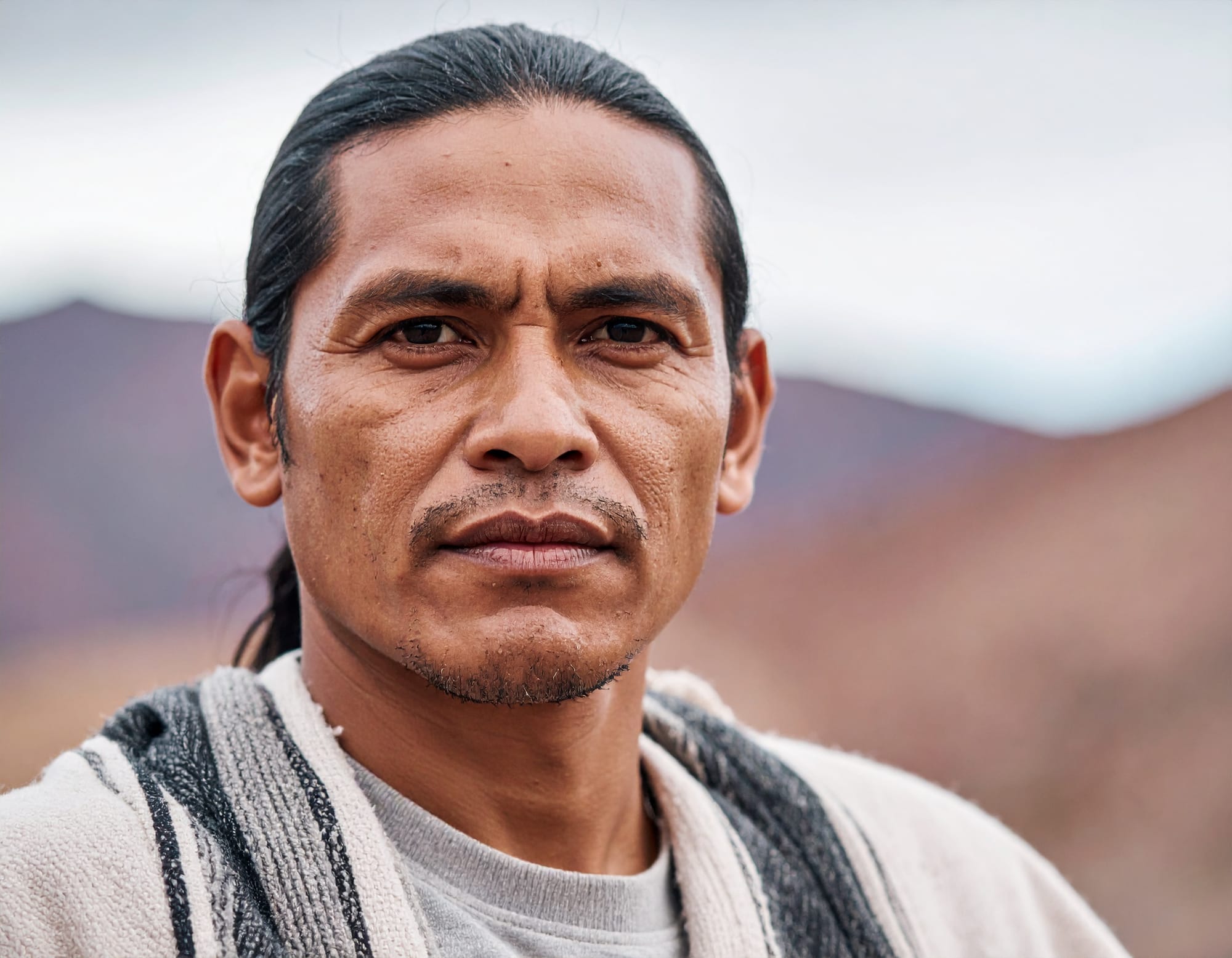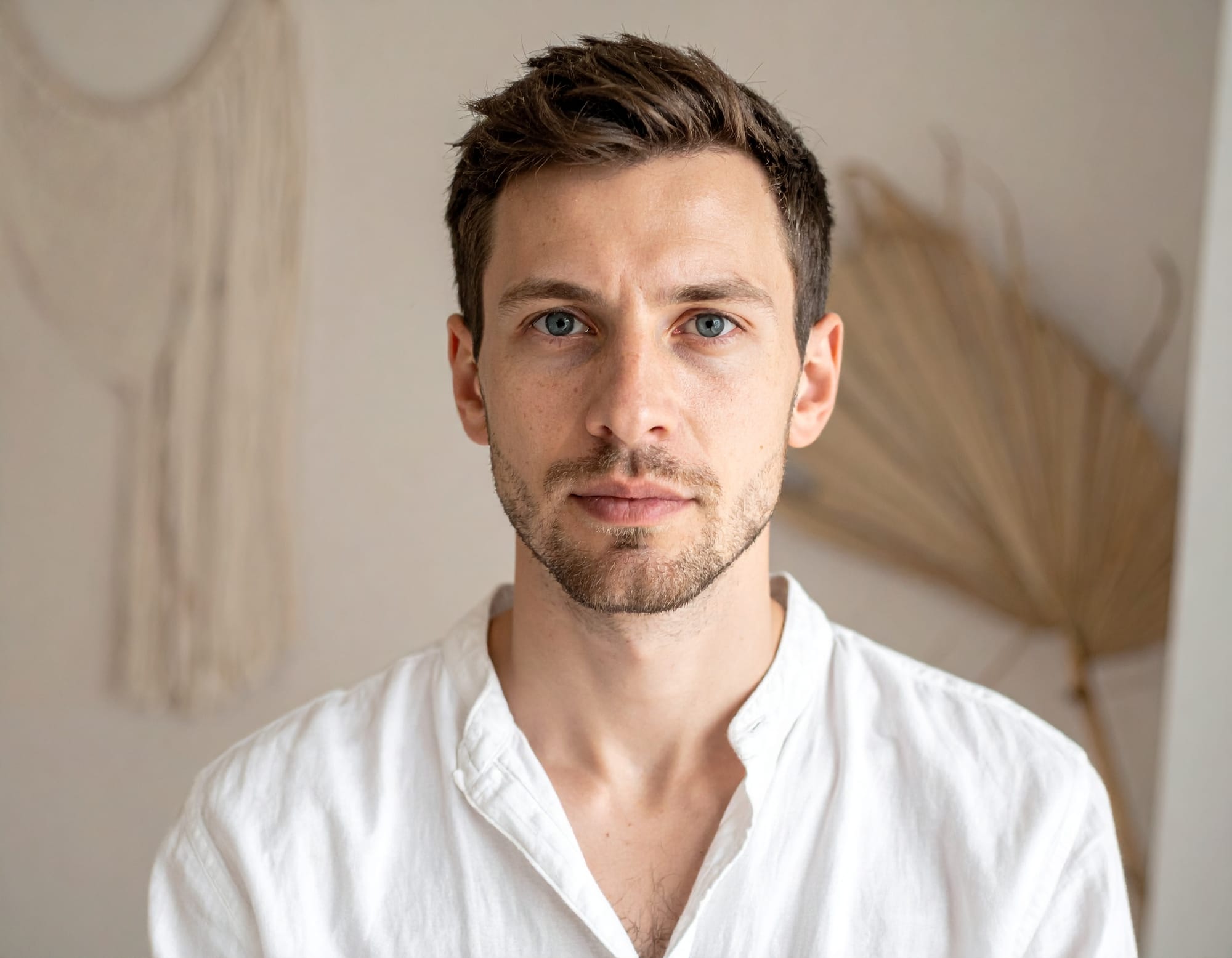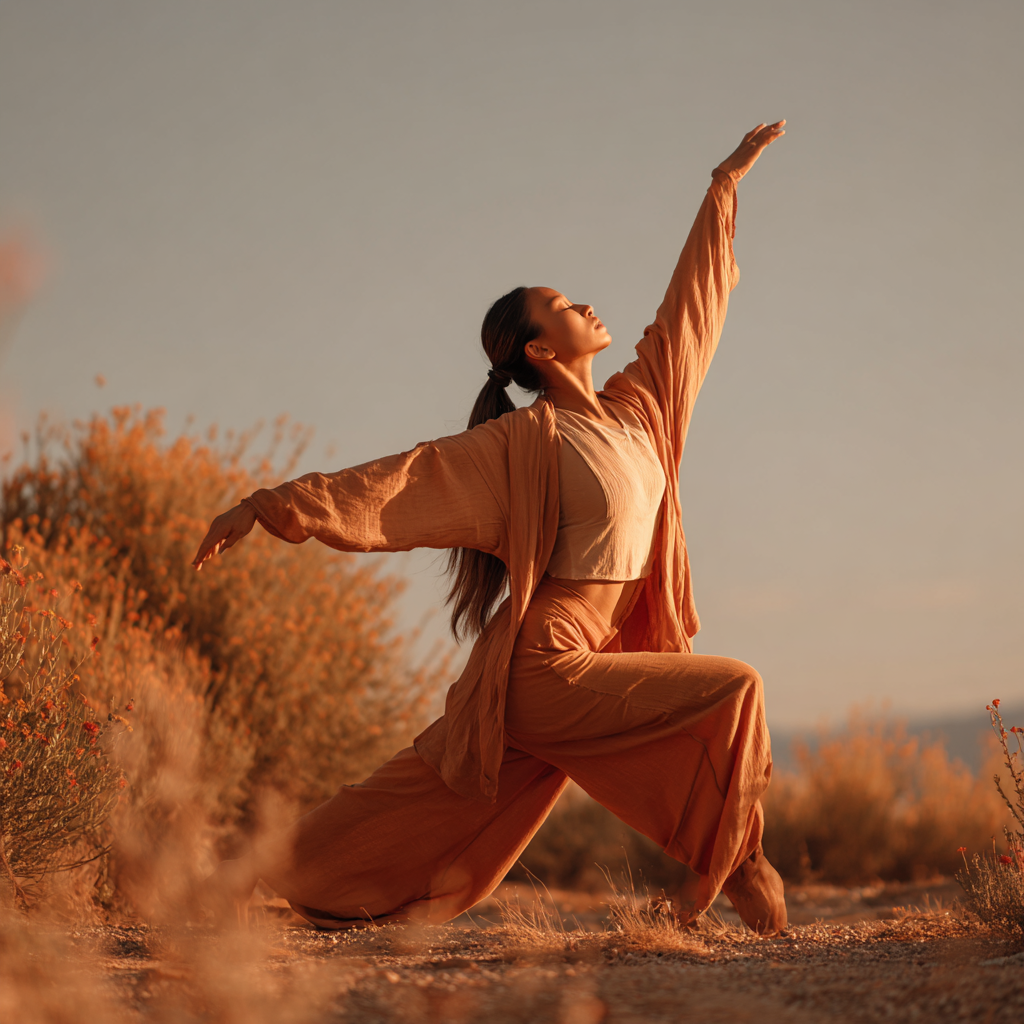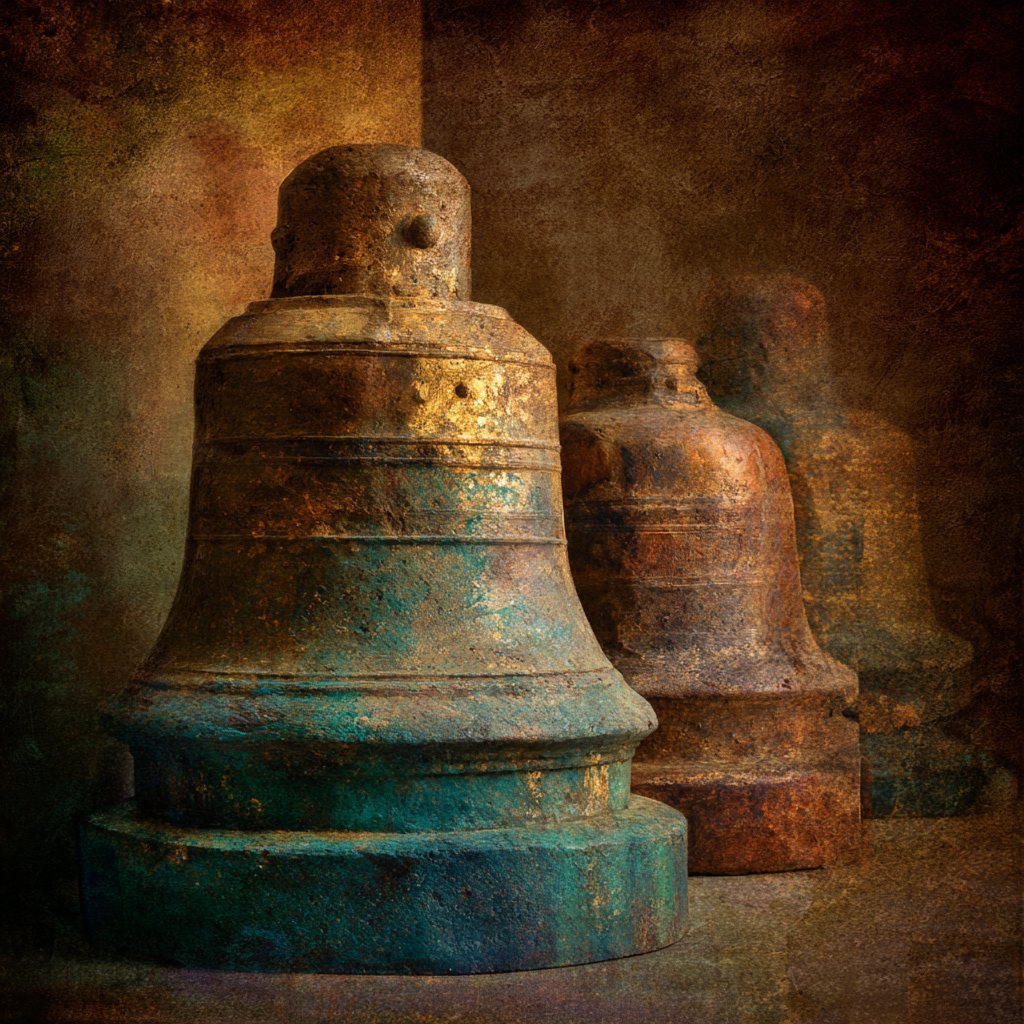The warriors of old didn't cultivate courage by eliminating fear but by learning to move with fear as an ally rather than an enemy. In the contemplative practices of ancient Tibet, practitioners were taught to recognize fear as compressed wisdom, energy that becomes available for transformation when met with mindfulness rather than resistance.
On recognizing the invisible currents that move through communities and the ancient wisdom of transforming shared terror into collective courage
There are moments when you can feel it moving through a room before anyone speaks. Perhaps you've noticed this during board meetings when quarterly projections fall short, or in those seconds before announcing organizational restructuring. The air itself seems to thicken, as if carrying the weight of unspoken anxieties. What you're sensing isn't merely individual nervousness but something far more profound: the field of consciousness that connects us all, suddenly dense with collective fear.
The mystics understood this phenomenon long before quantum physicists began mapping the invisible networks that bind human experience. In the ancient wisdom traditions, what we now call "the field" was recognized as the living web of awareness that holds communities together. When fear enters this space, it doesn't remain contained within individual minds but spreads like water through limestone, seeping into every crevice of shared reality.
The Architecture of Collective Anxiety
You might remember the last time uncertainty rippled through your organization or community. Notice how quickly the unspoken concern of one person became the background hum of everyone's attention. This isn't coincidence or emotional contagion in the conventional sense. The ancient teachers knew that consciousness itself is participatory, that our individual states of being contribute to the larger field we all inhabit.
Consider how indigenous councils approached decision making during times of crisis. The elders understood that before any practical solution could emerge, the field itself needed clearing. They recognized that when fear dominates the collective space, even the wisest choices arise from contracted awareness rather than expanded consciousness. Their sacred practices weren't preliminary to the real work but the foundation that made clear thinking possible.
Modern neuroscience confirms what these traditions always knew: when we operate from fear, our capacity for self awareness narrows dramatically. But here's what the research hasn't yet grasped: this contraction isn't merely individual. It creates what you might call a fear field, a shared state of diminished possibility that affects every decision, every relationship, every creative impulse within its influence.
The Hidden Curriculum of Worry
What if the worry you feel about others isn't actually helping them? This question often arrives with uncomfortable clarity during meditation or quiet reflection. You begin to notice how your concern, however loving its intention, can become another weight they carry. The person you're worried about starts responding not to their own inner guidance but to the anxiety they sense from you.
The ancient wisdom keepers spoke of this as "taking on the burden of another's path." They understood that when we hold fear for someone's choices or circumstances, we're essentially saying: "I don't trust your consciousness to navigate this." However compassionate this feels, it creates what shamanic traditions call "energetic interference" in their natural unfolding.

There's a particular kind of inner healing required here. Not the healing of wounds but the healing of the impulse to fix, to control through worry, to love through anxiety. This healing asks us to trust something larger than our individual perspective, to believe in the spiritual growth that can only emerge through each person's direct encounter with their own life.
You might experiment with this: the next time worry about someone arises, pause and feel into the quality of consciousness you're offering. Is it expansive and trusting, or contracted and fearful? Notice how this shift in your internal state changes the very air between you and the person you care about.
The Alchemy of Sacred Courage
The warriors of old didn't cultivate courage by eliminating fear but by learning to move with fear as an ally rather than an enemy. In the contemplative practices of ancient Tibet, practitioners were taught to recognize fear as compressed wisdom, energy that becomes available for transformation when met with mindfulness rather than resistance.
This understanding suggests a radically different approach to collective anxiety. Instead of trying to eliminate fear from our communities, we might learn to compost it, to transform its energy into the kind of courage that serves collective consciousness. The alchemical process requires what the mystics called "sacred witness" - the capacity to be present with discomfort without immediately moving to fix or flee.
In practical terms, this means creating spaces where fear can be acknowledged without becoming the organizing principle of decision making. It means developing what you might call "field literacy" - the ability to sense when collective anxiety is driving choices and when expanded awareness is guiding them.
The sacred practices that support this transformation are surprisingly simple. They involve learning to breathe into the space between stimulus and response, to pause long enough for consciousness to expand beyond the immediate contraction of fear. They require developing trust in something larger than individual or even collective personality, what the traditions point toward as our deepest nature.

Recalibrating the Collective Field
Perhaps you've experienced moments when a group suddenly shifts from anxiety to clarity, when collective intelligence emerges from what seemed like chaos. These transitions don't happen accidentally. They occur when someone in the group embodies what the ancient wisdom traditions call "stable presence" - a quality of consciousness that can hold space for fear without being overwhelmed by it.
This isn't about becoming a spiritual teacher or designated healer. It's about recognizing that your internal state contributes to the field whether you're conscious of it or not. When you can meet uncertainty from inner peace rather than projected worry, you create what systems theorists call "a strange attractor" - a center of stability that draws others toward expanded rather than contracted awareness.
The indigenous traditions understood this as sacred responsibility. They recognized that those who had done their own inner healing work had an obligation to hold space for collective transformation. Not through teaching or intervention, but through embodying the possibility of responding to challenge from wisdom rather than reactivity.

The Practice of Field Tending
What does it mean to tend the field of consciousness we share? The contemplative practices suggest it begins with radical honesty about your own contribution to collective anxiety. This isn't about guilt or self judgment but about developing what you might call "field awareness" - the capacity to sense how your internal state affects the larger web of relationship.
You might begin by noticing how differently you move through the world when you're centered in mindfulness versus when you're caught in worry. Observe how others respond to you in each state. Feel into the quality of presence you offer during conversations, meetings, family gatherings. Are you emanating trust in life's intelligence or fear of its unpredictability?
The spiritual traditions offer specific practices for this work. Meditation that emphasizes spacious awareness rather than concentrated attention. Breathwork that connects you to the larger rhythms that hold your individual life. Movement practices that remind your body of its connection to earth and sky. These aren't techniques for personal improvement but ways of preparing yourself to serve the collective field.
Beyond Individual and Collective
The deepest teaching about fear and the field we share points toward something beyond the usual categories of individual and collective. The ancient wisdom traditions recognized that consciousness itself is neither personal nor impersonal but the very ground in which both arise. From this perspective, your spiritual growth and the healing of collective anxiety aren't separate projects but aspects of the same movement toward wholeness.
This recognition transforms how we understand responsibility for the field we share. It's not that you're responsible for everyone else's experience, but that your commitment to self awareness and inner peace naturally serves the larger web of life. When you stop adding the weight of your worry to others' circumstances, you create space for their own wisdom to emerge.
The field begins to clear not through effort but through this kind of loving noninterference. Fear transforms into wisdom when it's met with consciousness rather than resistance. Collective anxiety dissolves when enough individuals choose presence over projection, trust over control, sacred practices over habitual reactivity.
What remains is what was always there beneath the fear: the field of infinite possibility that connects and holds us all. This is the field where collective consciousness and individual awakening reveal themselves as movements of the same deeper intelligence, the field where your deepest inner healing becomes a gift to the wholeness of life itself.

Munay is a sanctuary where seekers and guides gather to remember together, journey inward, exchange wisdom, and rekindle the timeless truths that unite us. Explore private sessions with ancient wisdom holders and transformative practices.







